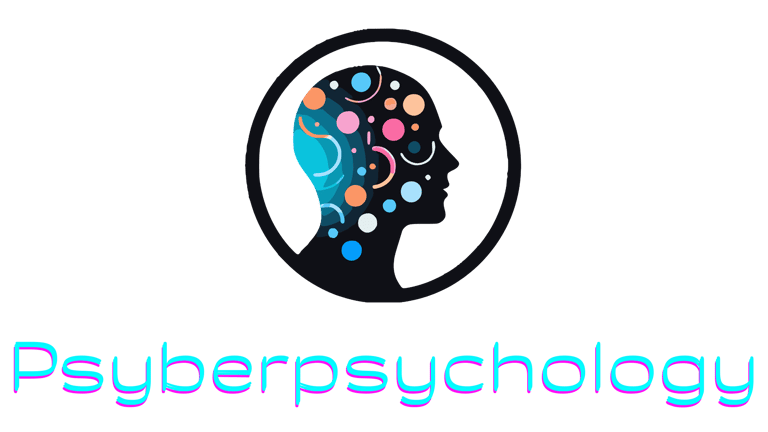Digital Identity - How We Construct and Perform Ourselves Online
CYBERCULTURE


The Concept of Digital Identity and Self-Presentation
In an era where the average person spends nearly seven hours daily interacting with screens, our digital presence has become as significant as our physical one. Consider this - before dating someone new, 50% of people will search for them online. The digital footprints we leave—profiles crafted, opinions shared, photos filtered—collectively form a complex mosaic that others use to understand who we are. But who exactly are we online? And how closely does this digital self align with our authentic identity?
Digital identity encompasses all the ways we represent ourselves in online spaces—our usernames, profile pictures, posted content, and interaction patterns. Unlike our physical identities, which are relatively consistent across contexts, our digital selves are remarkably fluid and fragmented.
Platform-Specific Identities
Each digital platform demands a different version of ourselves. On LinkedIn, we carefully construct professional narratives highlighting achievements and competencies. Instagram often showcases idealized lifestyle moments with aesthetic consistency. Twitter might reveal our political leanings or humor style through brief, pointed commentary. Gaming platforms may host entirely fictional avatars that embody aspirational traits or alternative personas.
This fragmentation isn't necessarily inauthentic—rather, it's a natural extension of how humans have always adapted their self-presentation to different social contexts. Psychologist Erving Goffman's work on self-presentation theorized that all social interaction involves a kind of performance, with individuals adjusting their behavior based on audience and setting. Digital platforms simply amplify this tendency by creating distinct stages for different performances.
Impression Management in the Digital Age
Online impression management differs from in-person interactions in several crucial ways:
Asynchronicity: We can carefully craft, edit, and revise our digital communications before sharing them, allowing greater control over self-presentation.
Permanence: Digital content can persist indefinitely, creating a lasting record of our expressed identities that may outlive our current self-concept.
Scalability: Our digital expressions potentially reach vast audiences, intensifying the stakes of impression management.
Quantified feedback: Metrics like likes, shares, and comments provide immediate, numerical feedback on our social performance.
These factors transform casual self-expression into strategic identity work. Research by communication scholar Danah Boyd reveals that teenagers develop sophisticated strategies for managing their digital presence, creating complex codes and practices that allow them to signal different aspects of their identity to various audience segments simultaneously.
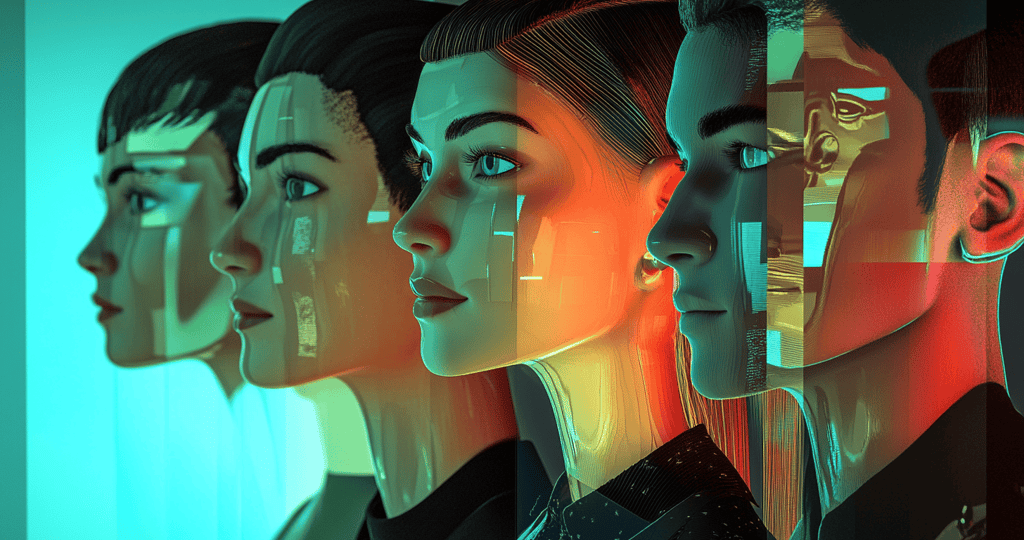

The Psychology Behind Avatars, Profiles, and Curated Online Personas
The Power of Avatars and Digital Representation
Avatars—visual representations of users in digital spaces—offer fascinating insights into identity construction. When given freedom to design avatars, users typically make choices that reveal psychological needs and self-perception.
The Proteus Effect, identified by Stanford researchers Nick Yee and Jeremy Bailenson, demonstrates that avatar characteristics influence user behavior. People randomly assigned attractive avatars in virtual environments tend to become more socially confident and intimate in their interactions. Those given taller avatars typically negotiate more aggressively. Our digital representations don't just express identity—they actively shape it.
Anonymity and Identity Exploration
Anonymity creates spaces for identity exploration impossible in physical contexts. On platforms where anonymity is the norm, users often express aspects of themselves they consider core to their identity but feel unable to manifest in everyday life due to social constraints.
This phenomenon can facilitate positive identity development. For instance, LGBTQ+ individuals often explore sexual and gender identities in anonymous online spaces before coming out in physical communities. Similarly, those with stigmatized health conditions find authentic connection in anonymous support communities.
However, anonymity can also enable toxic behavior through the online disinhibition effect. When stripped of social accountability, some users engage in harassment or extreme viewpoints they would never express face-to-face. The psychological distance created by anonymity can diminish empathy and moral restraint.
Curation and the Highlight Reel Effect
Social media platforms incentivize the creation of highlight reels rather than comprehensive identity portraits. Users selectively share success, happiness, and attractiveness while minimizing failures, struggles, and imperfections.
This selective curation creates significant psychological consequences. Research shows that passive consumption of others' highlight reels correlates with increased depression, anxiety, and decreased life satisfaction. When we compare our complete lived experience—including all its messy realities—against others' curated highlights, the comparison inevitably falls short.
The pressure to maintain perfect digital personas creates further stress. Content creators report experiencing what might be called "visibility labor"—the exhausting work of constantly producing content that aligns with audience expectations while maintaining perceived authenticity.
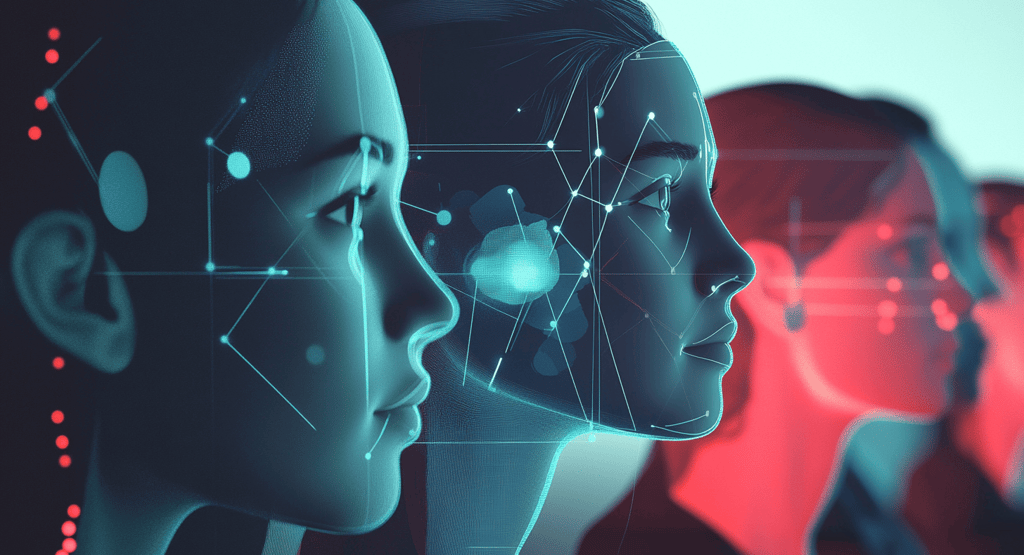

The Blurred Line Between Real and Virtual Selves
Identity Integration Challenges
As digital experiences become increasingly central to daily life, many struggle with integrating online and offline identities. This integration challenge manifests in several ways:
Context collapse: When distinct audience segments (professional colleagues, family members, close friends) converge on a single platform, users face difficult choices about which version of themselves to present.
Temporal identity conflicts: Past digital expressions may contradict current identity, creating dissonance. The person who tweeted strong political opinions at 19 may face complications when applying for jobs at 25.
Expectation asymmetry: When relationships transition from online to offline contexts, the shift from idealized digital presentation to complete physical presence can create adjustment difficulties.
The Quest for Authenticity
Despite these challenges, authenticity remains highly valued in digital spaces. Research shows that content perceived as authentic generates stronger engagement and connection. This creates a paradox where users simultaneously curate their presentation while striving to appear uncurated.
The authenticity paradox has spawned numerous counter-movements in digital culture. The rise of "finsta" accounts (private secondary Instagram profiles shared only with close friends), raw, unfiltered TikTok aesthetics, and increased sharing of mental health struggles all represent attempts to reclaim authentic self-expression within otherwise highly curated environments.
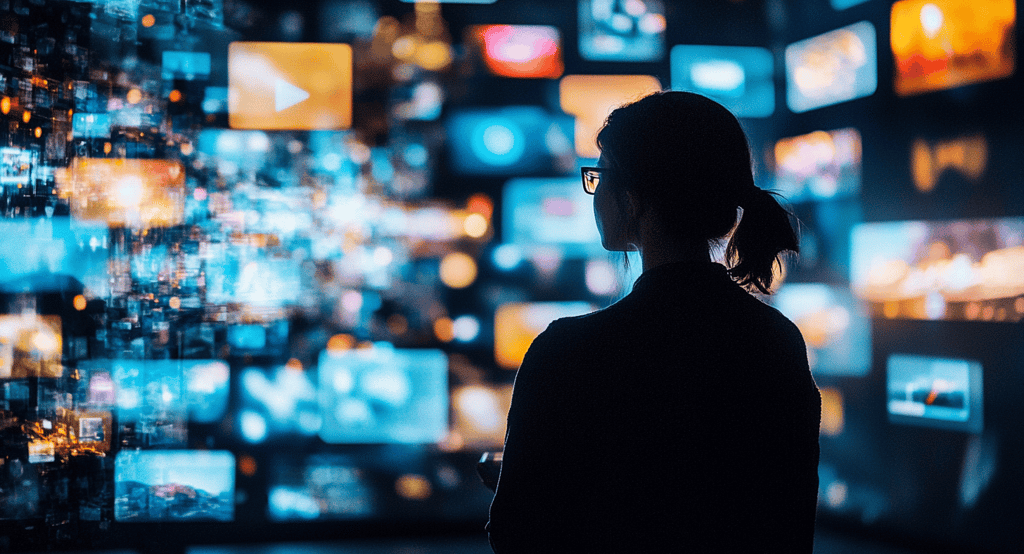

Digital Identity and Mental Health
The relationship between digital identity management and mental health is complex and bidirectional. Multiple studies have established correlations between intensive social media use and increased anxiety, depression, and body image concerns. However, directionality remains debated—do platforms cause distress, or do those experiencing distress use platforms more intensively?
Several mechanisms potentially link digital identity work to psychological distress:
Constant social comparison: The availability of infinite comparison targets online can trigger body image issues and general inadequacy feelings.
Validation dependency: When self-worth becomes tied to digital metrics like likes and follows, psychological well-being fluctuates with engagement statistics.
Identity fragmentation: Maintaining divergent identities across platforms may impede development of an integrated, coherent sense of self.
Perpetual performance pressure: The expectation to continually create and curate content creates chronic stress.
Conversely, digital spaces can positively influence identity development and mental health. Online communities provide belonging for marginalized individuals, facilitate exploration of nascent identity aspects, and offer social connection for those with physical limitations. The determining factor appears to be how individuals engage with platforms rather than platform use itself.
Digital Identity in Professional Contexts
Professional settings present particular digital identity challenges. Job seekers must craft digital personas that simultaneously appear authentic while conforming to industry expectations. Research shows that 70% of employers use social media in hiring decisions, creating pressure to sanitize digital history.
The rising phenomenon of "personal branding" represents the ultimate merging of marketing principles with identity construction. Individuals strategically define and communicate their unique value proposition, treating themselves essentially as products to be positioned in competitive markets.
This commodification of identity raises profound psychological questions. When aspects of self become instrumentalized for economic gain, where does the authentic self reside? The mental burden of treating personal attributes as assets to be leveraged contributes to what sociologists describe as emotional labor—the work of managing feelings and expressions to fulfill professional requirements.
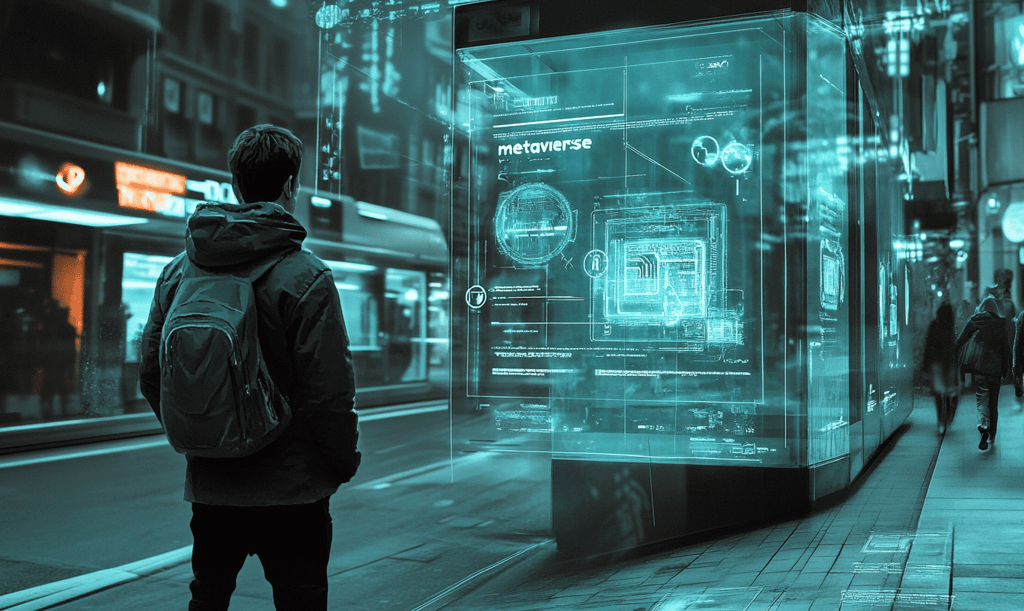

The Future of Digital Identity
As technology evolves, our understanding of digital identity continues to transform. Several emerging trends merit attention:
Integrated Reality and Identity
The boundaries between digital and physical reality continue to blur through technologies like augmented reality, virtual reality, and the conceptual framework of "metaverse" environments. These technologies create spaces where digital identity directly mediates physical world interaction, further complicating the relationship between virtual and actual selves.
Algorithmic Identity Construction
Increasingly, our digital identities are co-constructed with algorithms. Recommendation systems shape what we see, influencing our interests and self-concept. Predictive text suggestions subtly guide our self-expression. AI-powered photo filters transform our visual presentation. The result is a feedback loop where algorithmic systems both respond to and influence identity formation.
Digital Identity Rights and Ownership
Questions of who owns and controls digital identity are becoming central to policy discussions. The right to be forgotten, data portability, and content ownership represent attempts to give individuals greater sovereignty over their digital selves. These technical and legal frameworks will significantly impact how future generations conceptualize and construct online identity.


Conclusion: Navigating the Digital Identity Landscape
As we navigate increasingly complex digital environments, several principles can guide healthier identity construction:
Intentionality: Approaching digital presence with conscious awareness of how platforms shape self-presentation can mitigate manipulative design elements.
Integration: Working toward consistency across contexts—not perfect alignment, but congruence between core values and varied expressions—promotes psychological well-being.
Boundaries: Establishing clear delineations between online and offline life, including regular digital detox periods, helps maintain perspective.
Community: Prioritizing platforms and interactions that foster genuine connection over validation metrics supports authentic self-expression.
The question of who we are online has no simple answer. Our digital identities exist at the intersection of personal psychology, technological architecture, social norms, and economic incentives. By developing greater literacy about these forces, we can make more conscious choices about how we construct and perform ourselves in digital spaces.
As you close this article, consider: Which aspects of your digital presence feel most authentically "you"? Which feel most performative? And what one change might bring your online self into closer alignment with how you wish to exist in the world?
